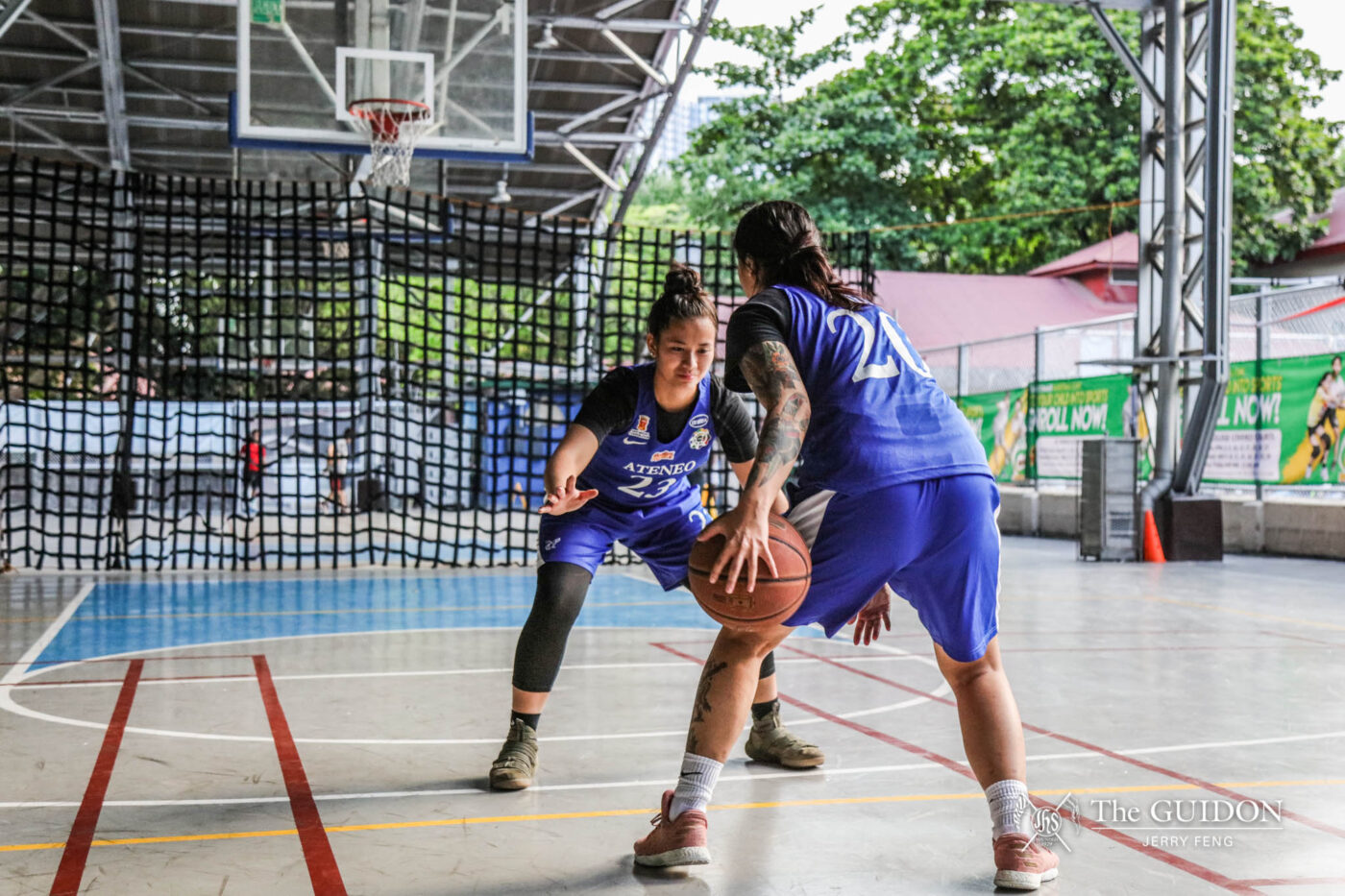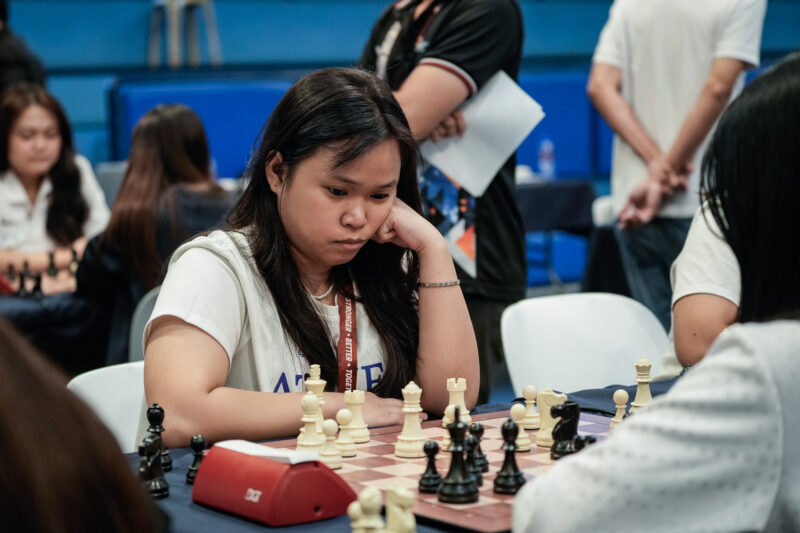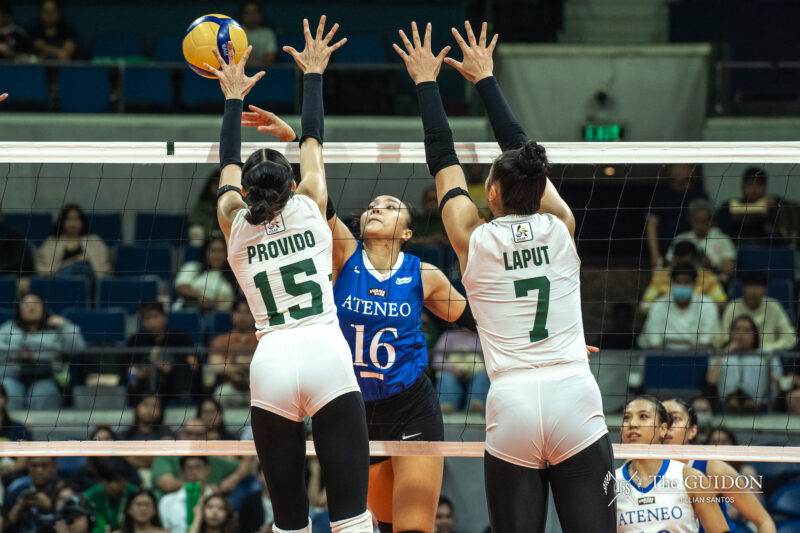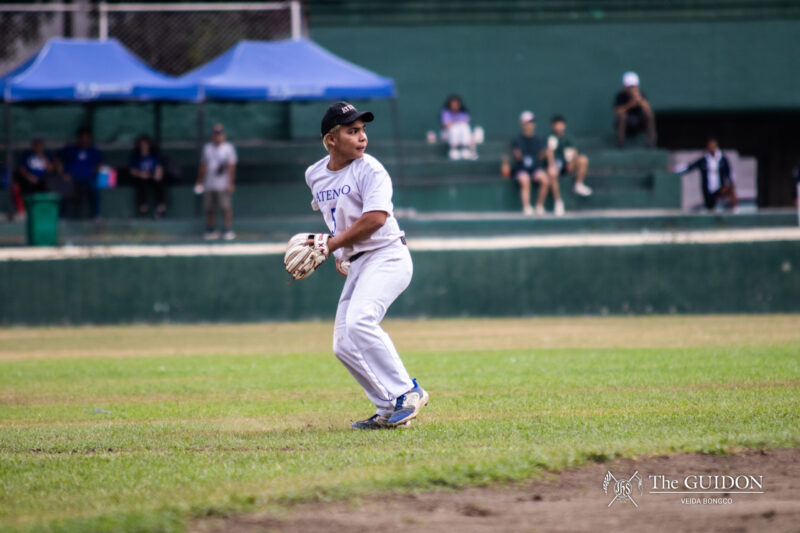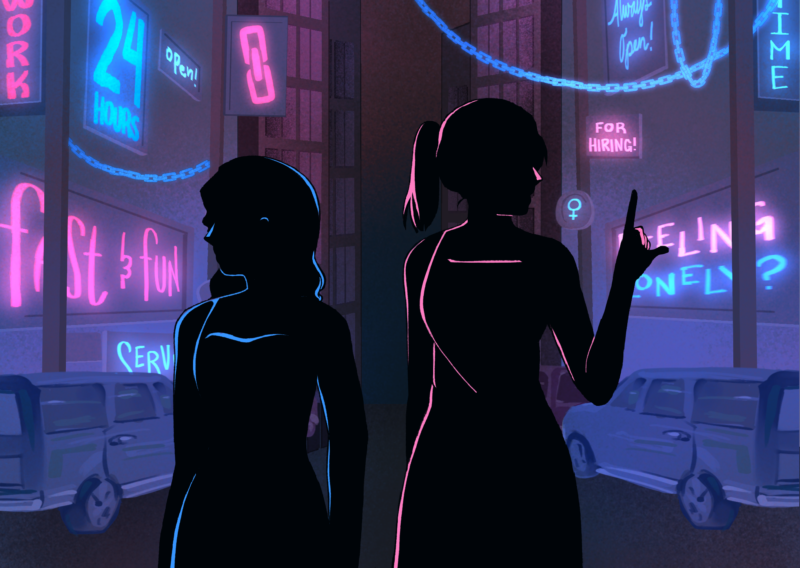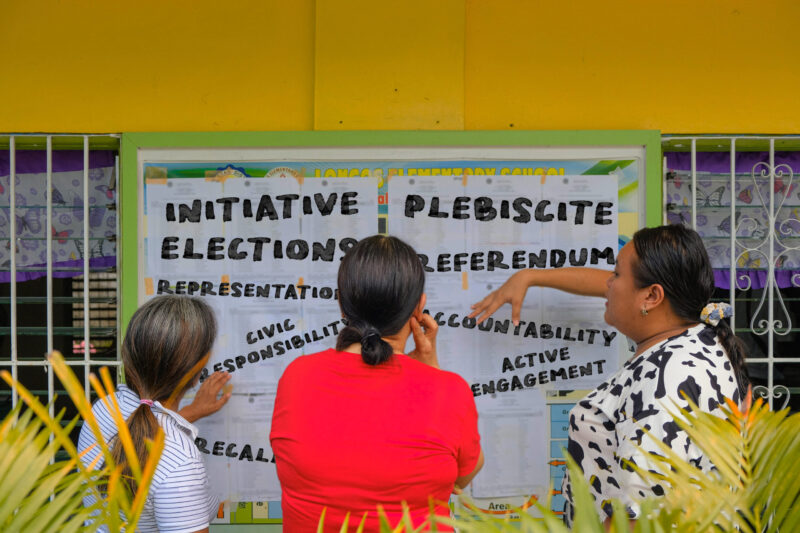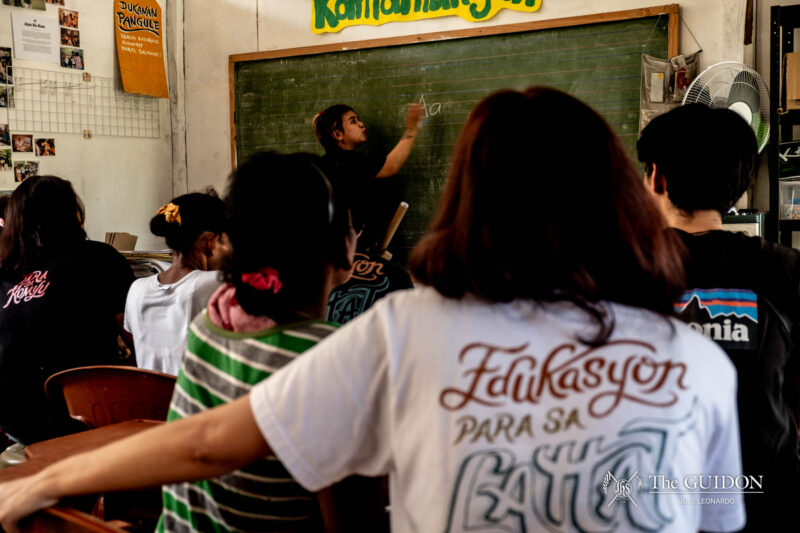Thrillingly quick-paced and flashy, 3×3 basketball has picked up steam in recent years, wooing crowds with dazzling handles and electrifying dunks to fuel popularity on both the amateur and international stage. Having been reinvented, 3×3 has sparked a revolution, serving as a catalyst for the evolution of positionless basketball to highlight versatility, athleticism, and craftiness on the court.
In no time, the craze found its way onto the shores of a country where basketball is religion. Following the worldwide trend, the University Athletic Association of the Philippines (UAAP) hosted its inaugural 3×3 tournament, adopting the same format and rules sanctioned by the International Basketball Federation (FIBA) to showcase the adaptability and cleverness of Filipinos in a rapidly changing game.
Battling expectations
In March, history was made as eight schools celebrated the arrival of a new avenue of competition on the same collegiate court. Heart-stopping action filled the floor as games came down to the wire, with each team battling hard to garner the coveted championship.
Tagged as the underdogs, Blue Eagles Dan Wong, Gabe Natividad, Rodney Manuel, and Quinito Banzon carried the hopes of the school on their shoulders in the Men’s Division. Lady Eagles Katrina Guytingco, Nicole Cancio, Jhazmin Joson, and Joanne Nimes, in a similar fashion, surprised fans and players alike, powering through the doubt to book a semi-final battle with eventual champions National University (NU).
Despite the lack of medals, the Blue and White defied all expectations in victory and defeat, beating the odds beyond the final buzzer. With the Blue and Lady Eagles holding their own on an unfamiliar court and coming out standing, unpredictability proved an unprecedented factor, testifying to a breeding ground for upset finishes where it really can be anybody’s game.
Although the Blue Eagles were eventually downed by a Philip Manalang buzzer-beater, the loss was a huge learning experience for a team still learning the ups and downs of competitive small ball on the big stage. Similarly, despite undersized claims, the Lady Eagles grinded out a semi-finals berth through sheer hard work and hustle, nearly upsetting a powerhouse Lady Bulldogs squad in a tight rubber match.
Many Filipino ballers encounter the same thrill everyday on the streets, pointing to the roots of a national passion. Even before the emergence of full court basketball, the thrill of kanto ball was already ingrained in the consciousness of the Filipino spirit. Winning the pustahan was a right of passage in every municipality and barangay, making the sport an integral part of the Filipino identity.
Deep-rooted foundations
Nothing characterizes local passion for the game more than the manner through which it is most often played. On the night of 3×3 madness, the league reflected the very essence of “street ball” and stood a testament to the truth of local hoops, as the collegiate courts became a symbolic avenue for traditional Philippine basketball in its finest and purest form.
With gulang manifested in flying elbows, hip-checking, and an alarming lack of fouls called, classic kanto ball came on display amidst the trademark mix of baseline trickery, crafty finishes, and veteran brawls under the basket. But what stood out the most was how the teams embodied the fresh direction of modern full-court strategy, utilizing three-point shooting and positionless basketball.
When a team operates as just a three-man army on the court, the typical 1 to 5 positions no longer apply because each player shares a bigger chunk of the usual responsibility. During the tournament, point guards skyed for rebounds, big men turned into ball handlers, and shots rained in constantly from beyond the arc. It was complete freedom on the floor in the best form that (organized) street basketball could offer.
In the UAAP Season 79 Men’s Basketball tournament, Ateneo led the league in three-point attempts with just over 20 per game. If the same squad competed in Season 80, they would have finished sixth among all teams in total attempts from downtown. Men’s and women’s teams from within the league have begun experimenting with perimeter-focused lineups and diversifying playmaking duties, which was showcased in particular during the 3×3 event.
Where the ball is rolling
Looking ahead, UAAP’s inaugural edition of the tournament not only throws the ideologies of street ball into the public spotlight, but lights the way for definite athletic redevelopments. Granting college ballers another avenue to hone their skills for much bigger opportunities in the near future, the rise of 3×3 carries both local and international implications for the country’s favorite sport.
Piggybacking on the hype, the Philippines hosted the annual FIBA 3×3 World Cup for the first time this June where it finished 11th out of 20 teams. With the nation occupying the upper third of the FIBA World Rankings, 3×3 creates another outlet through which the country can cement its reputation as a basketball powerhouse by showcasing talent.
In addition, progress on a smaller court fosters progress on the larger one, leading to the overall development of the game on local soil. Playing styles of modern icons such as Thirdy Ravena, Ricci Rivero, and Terrence Romeo reflect both precision and improvisation, two values that are uniquely fostered when basketball grows more athletically demanding on the half court.
The reinvented game has exemplified an unyielding and timeless love for the sport while incorporating emerging styles of play to keep national talent competitive. Although the event brought together just eight school teams for a one-day brawl, UAAP’s first 3×3 cup was more than just a small step for Pinoy basketball, setting up a nationwide leap from the makeshift hoops of the barangay to the international arena.

